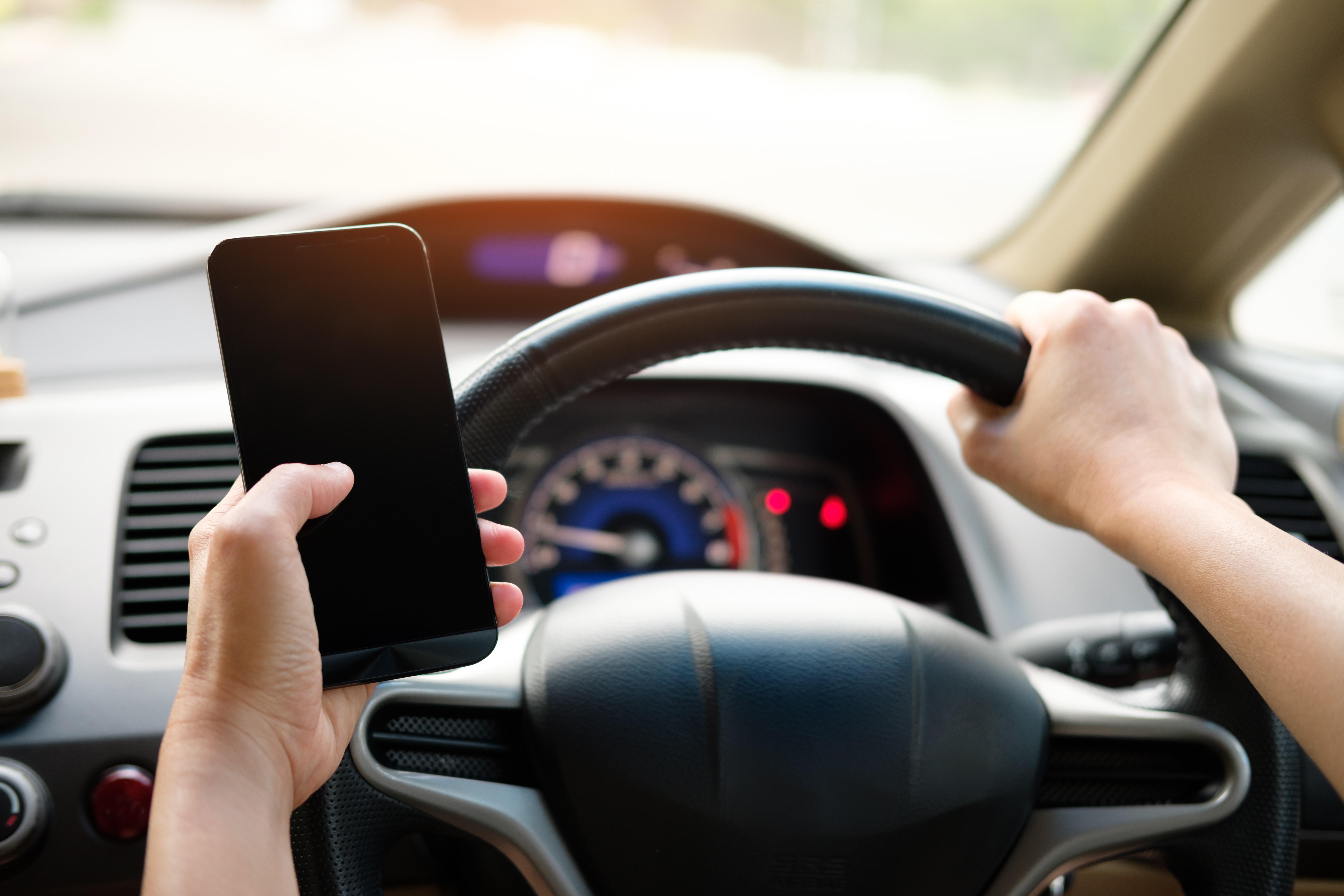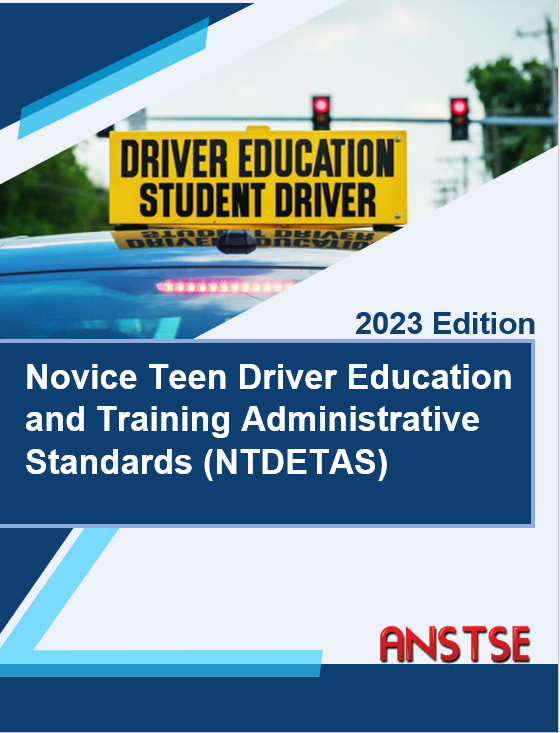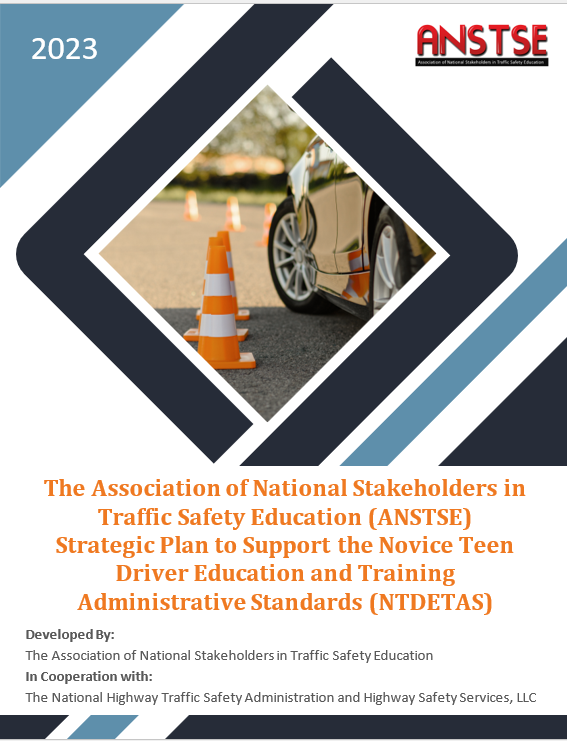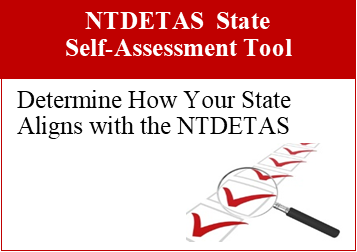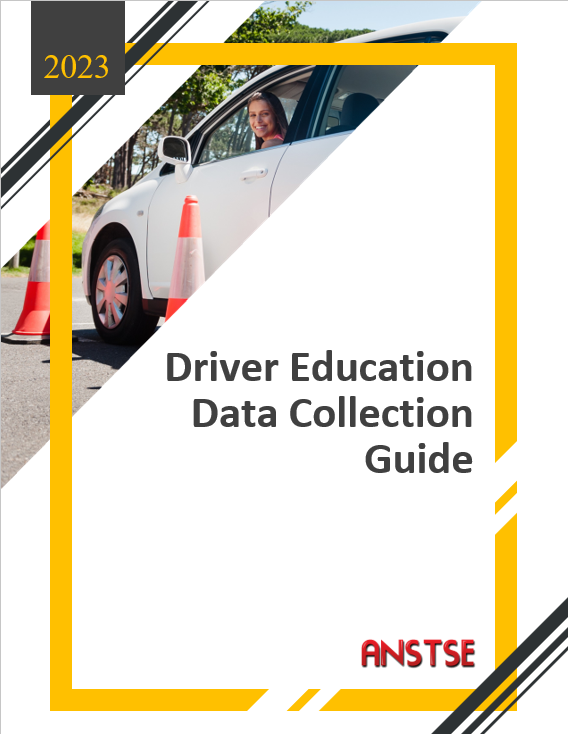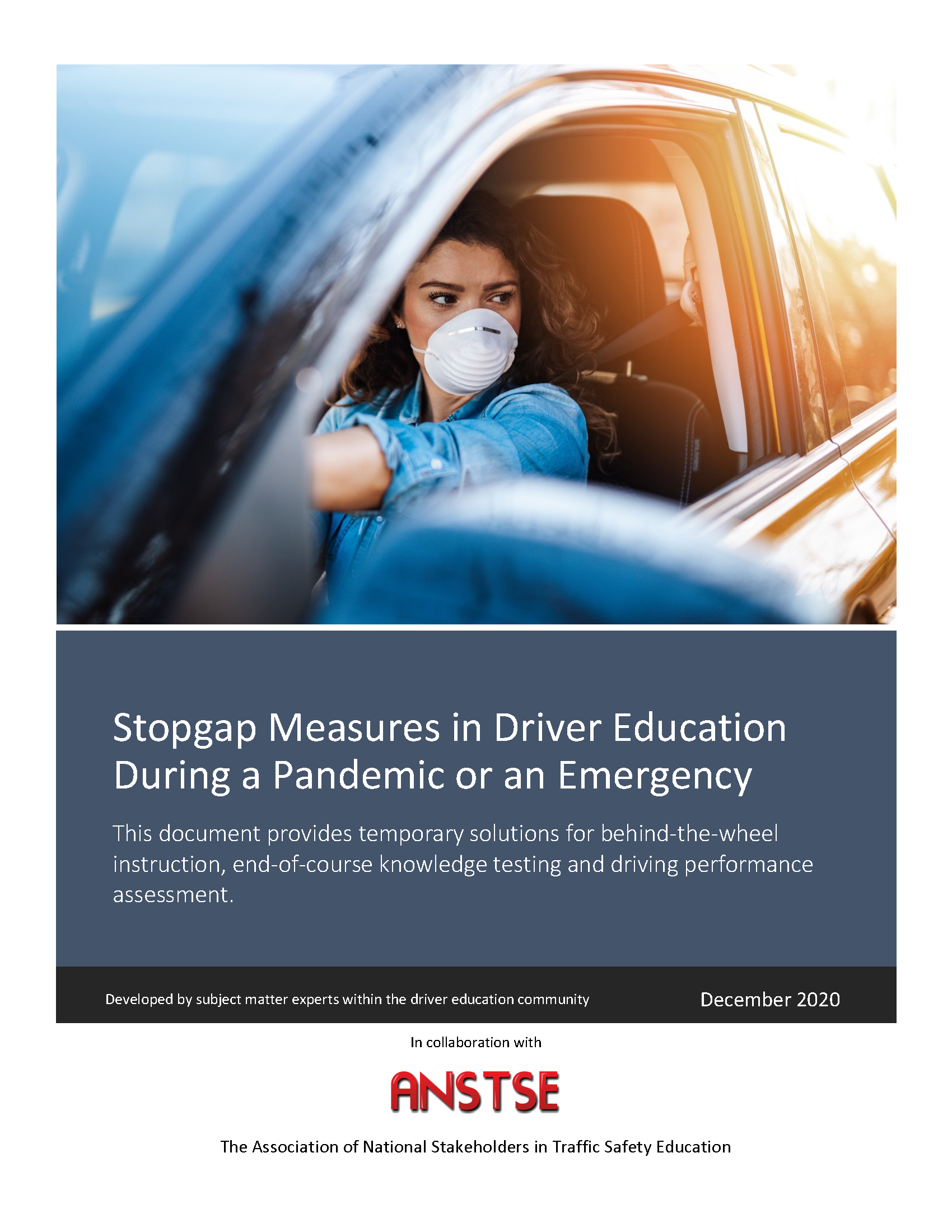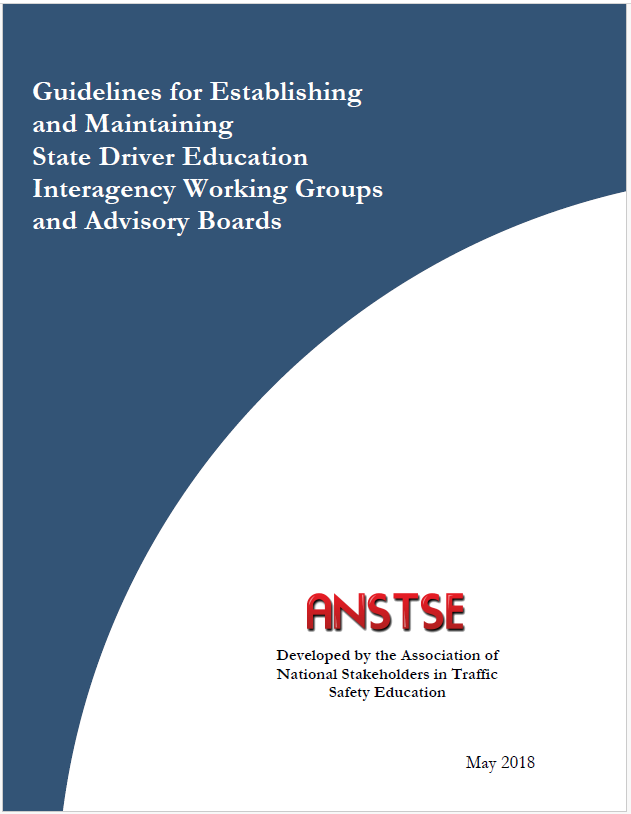Aggressive Driving, Distracted Driving, Drowsy Driving, Effects of Passengers, Impaired Driving, and Occupant Safety
Aggressive Driving
NHTSA’s 2015 Automated Feedback to Foster Safe Driving in Young Drivers, Phase 2
This document contains the results of a NHTSA study examining Intelligent Speed Adaptation (ISA), which is a technology offering a promising approach to reduce speeding.
NHTSA’s 2015 National Traffic Speeds Survey III
A field survey was conducted during the summer of 2015 that was highly similar to efforts undertaken in 2007 and 2009.
NHTSA’s 2012 Motivations for Speeding Volume 1 – Summary Report
This document is the summary report for the first volume of the NHTSA Motivations for speeding report.
Distracted Driving
NHTSA’s 2017 Investigation and Prosecution of Distracted Driving Cases
This document contains an in-depth analysis on the prosecution of distracted driving cases to assist prosecutors and law enforcement.
NSC’s 2017 Crashes Involving Cell Phones
This white paper published by the National Safety Council analyzes the data collection and reporting methods of 180 fatal crashes involving driver cell phone use occurring between 2009 and 2011 across the United States.
GHSA’s 2017 Distracted and Dangerous
This document is part of a series on teen driving funded by State Farm and published by the GHSA.
AAA Foundation for Traffic Safeties 2013 Distracted and Risk Prone Drivers
This report contains key results about distracted drivers from the 2012 Traffic Safety Culture Index survey.
NHTSA’s 2012 Blueprint for Ending Distracted Driving
This document contains a strategy to curb distracted driving put forward by the National Highway Traffic Safety Administration.
AAA’s 2012 State Distracted Driving Laws
This document provides an overview of relevant distracted driving laws across the US as of the date of publication.
AAA Foundation for Traffic Safeties 2012 Distracted Driving Among Newly Licensed Teen Drivers
This document describes the results of a study of young driver behavior in relation to distracted driving, conducted by the American Automobile Association (AAA).
NHTSA’s 2011 The NHTSA National Phone Survey on Distracted Driving Attitudes and Behaviors Summary and Full Report
This report describes the results of a national telephone survey conducted by NHTSA. The survey was designed to assess current attitudes and self-reported behaviors about distracted driving.
NHTSA’s 2011 Four High-Visibility Enforcement Demonstration Waves in Connecticut and New York Reduce Hand-Held Phone Use
This factsheet summarizes the results of a high visibility enforcement (HVE) initiative funded by the National Highway Traffic Safety Administration to curb distracted driving.
NHTSA’s 2011 National Distracted Driving Telephone Survey
This factsheet summarizes results from a 2010 survey conducted by NHTSA regarding public attitudes towards distracted driving.
NHTSA’s 2011 Distraction Effects of Manual Number and Text Entry While Driving
This report describes an experimental study designed to assess potential distractions related to secondary tasks performed while driving a vehicle.
Drowsy Driving
NHTSA’s 2017 Asleep at the Wheel: A National Compendium of Efforts to Eliminate Drowsy Driving
This report compiled strategies and ideas from different jurisdictions to try and address the issue of drowsy driving.
GHSA’s 2017 Wake Up Call
This document contains a guide for states to understand drowsy driving.
NHTSA’s 2015 School Start Times and Teenage Driver Motor Vehicle Crashes
This study examined the hypothesis that a later high school start time may reduce crash rates by reducing the interference of school start time with the sleep needs of adolescents.
AAA Foundation for Traffic Safeties 2012 Motorists Admit to Drowsy Driving
This document contains the results of the 2012 Traffic Safety Culture Index.
Effects of Passengers
NHTSA’s 2012 The Effect of Passengers on Teen Driver Behavior Summary and Full Report
This report contains the results of a study designed to provide insight into how transporting peers contributes to the crash risk of young drivers.
AAA Foundation for Traffic Safeties 2012 Teen Driver Risk in Relation to Age and Number of Passengers Summary and Full Report
This report describes the results of a study designed to increase understanding about the relationship between the number/ages of passengers present in a vehicle and the crash risk per mile driven of 16- and 17-year-old drivers.
AAA Foundation for Traffic Safeties 2012 Characteristics of Fatal Crashes Involving 16 and 17 Year Old Drivers with Teenage Passengers Summaryand Full Report
This report describes the results of a study designed to examine the proportion of fatal crashes involving 16- and 17-year-old drivers with passengers present in relation to the age, sex, and the number of passengers in the vehicle.
Impaired Driving
NHTSA’s 2018 2016 Digest of State Laws: Driving Under the Influence of Drugs, First Edition
This document contains an overview of State laws that address driving under the influence of drugs (DUID).
GHSA’s 2018 Drug Impaired Driving: Marijuana and Opioids Raise Critical Issues for States
This report was designed to help states understand the key facts about drug-impaired driving.
GHSA’s 2017 Drug Impaired Driving – A Guide For What States Can Do – Interactive
This report summarized the current state of knowledge on drug-impaired driving, including what little is known about the costs and effectiveness of initiatives.
NHTSA’s 2017 2013-2014 National Roadside Study of Alcohol and Drug Use by Drivers
This document describes a nationally representative roadside survey to estimate the prevalence of alcohol and other drug use among drivers.
NHTSA’s 2012 Transdermal Alcohol Monitoring: Case Studies
This report describes the experiences of six jurisdictions using transdermal alcohol monitoring technology to detect the use of alcohol by offenders and report it to monitoring officials.
NHTSA’s 2011 State Blood Alcohol Concentration Testing and Reporting for Drivers Involved in Fatal Crashes
This report documents current State blood alcohol concentration (BAC) testing and details the results for drivers involved in fatal crashes.
NHTSA”s 2011 Washington’s Target Zero Teams Project: Reductions in Fatalities During Year One
This research note summaries the results of te Target Zero Teams Project (TZTP) in Washington state.
NHTSA’s 2011 Evaluation of the Effects of SFST Training on Impaired Drivers
This research note summarizes the results of a NHTSA study evaluating the effectiveness of standard field sobriety tests (SFST).
NHTSA’s 2011 Evaluation of the DUI Court Program in Mariacopa County, Arizona
This is the final evaluation report describing the effectiveness of a DUI court program aimed at reducing repeat alcohol-related traffic offenses among impaired drivers.
Occupant Safety
NHTSA’s 2012 Impact of Implementing a Primary Enforcement Seat Belt Law in Florida: A Case Study
This report contains a descriptive analysis of the impact of the Florida primary seat belt law implemented in 2009.
AAA’s 2012 State Occupant Protection Laws
This factsheet contains a table showing seatbelt and occupant protection laws across US states.
NHTSA’s 2011 The Relationship of Primary Seat Belt Laws to Minority Ticketing
This report contains the results of a study to analyze the effects of changing seat belt laws from secondary enforcement to primary enforcement on minorities.
NHTSA’s 2011 Documenting How States Recently Upgraded to Primary Seat Belt Laws
This report contains the results of a series of a case study examining the roles, strategies, resources, and arguments states have used in efforts to pass primary belt laws.
NHTSA’s 2011 Evaluation of Teen Seat Belt Demonstration Projects in Colorado and Nevada Summary and Full Report
This report describes the results of a study evaluating Teen Seat Belt Demonstration Projects in Colorado and Nevada.
NHTSA”s 2011 Using Haptic Feedback to Increase Seat Belt Use of Service Vehicle Drivers
This report describes the results of a study to pilot-test a new application of a technology-based intervention to increase seat belt use.
NHTSA’s 2007 Motor Vehicle Occupant Safety Survey – Driver Education and GDL
This factsheet highlighted results from the 2007 Motor Vehicle Occupant Safety Survey.

